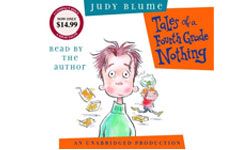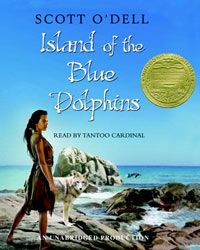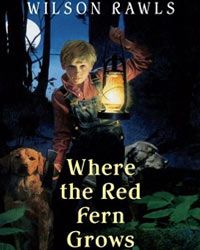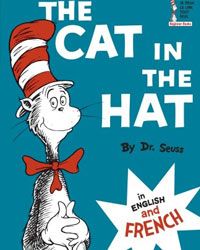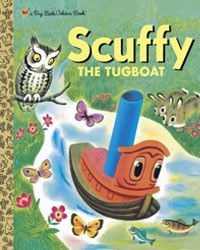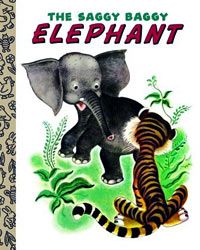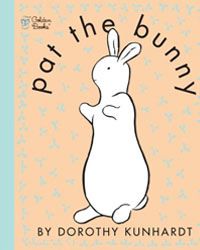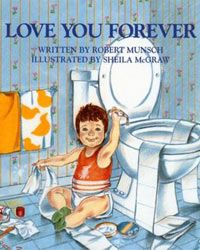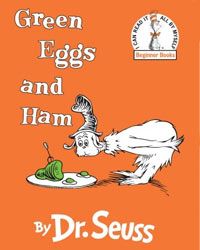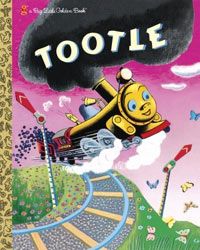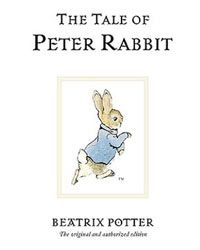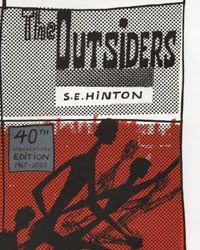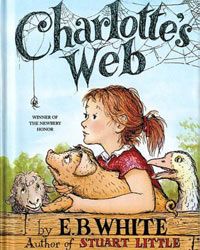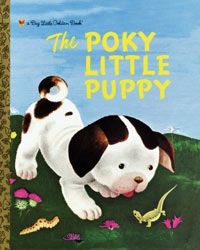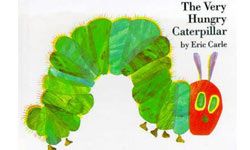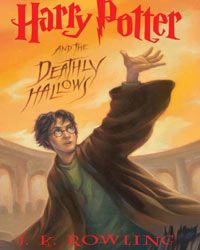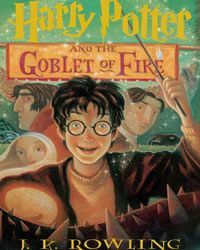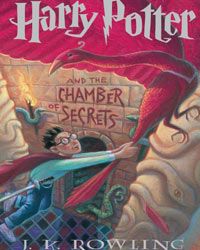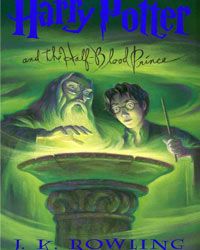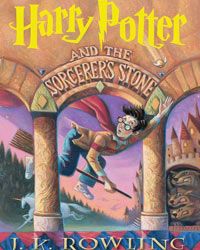Authors come and go, while others, especially those who scribe for children, withstand the yellowing of the folios. For generations, Dr. Seuss, Beatrix Potter and E.B. White have delighted parents and kids with their timeless tomes. No home library would be worth is shelf space without a mischievous cat in a hat, a lovable spider or a furry rabbit whose moniker is Peter.
While Seuss, White and Potter have been stalwarts on the best-selling list for generations, something wonderful, some would say magical, happened in the 1990s. A down-on-her-luck British writer, J.K. Rowling, waved a magic wand and changed children's literature forever. She introduced us to a boy wizard in "Harry Potter and the Sorcerer's Stone." Seven books later, Rowling became one of best-selling authors on this or any other planet, as Hogwarts, Muggle and Quidditch nuzzled their way into our cultural lexicon.
Advertisement
Rowling's success blew holes in the all-time children's best-seller list. The magazine, Publishers Weekly, was the last to catalog the best children's books in 2001. That was long before Rowling's last volume in 2007, "Harry Potter and the Deathly Hallows", sold 15 million copies in the first 24 hours, eclipsing in one day the all-time children's best-seller, "The Poky Little Puppy", first published in 1942 [sources: Forbes; Random House].
By 2011, Rowling had sold 450 million or so Harry Potter books [source: ABC News]. We say "or so" because trying to corral the sales figure of a book is like trying to capture a Golden Snitch during a round of Quidditch. In fact, by the time you finish reading this sentence, a few hundred more Harry Potters and Cat in the Hats have been sold.
Go to the next page and thumb through the 20 best-selling children's books of all time incorporating the sales figures for, shall we say his name? Harry Potter. No doubt you might have favorite, or two.
